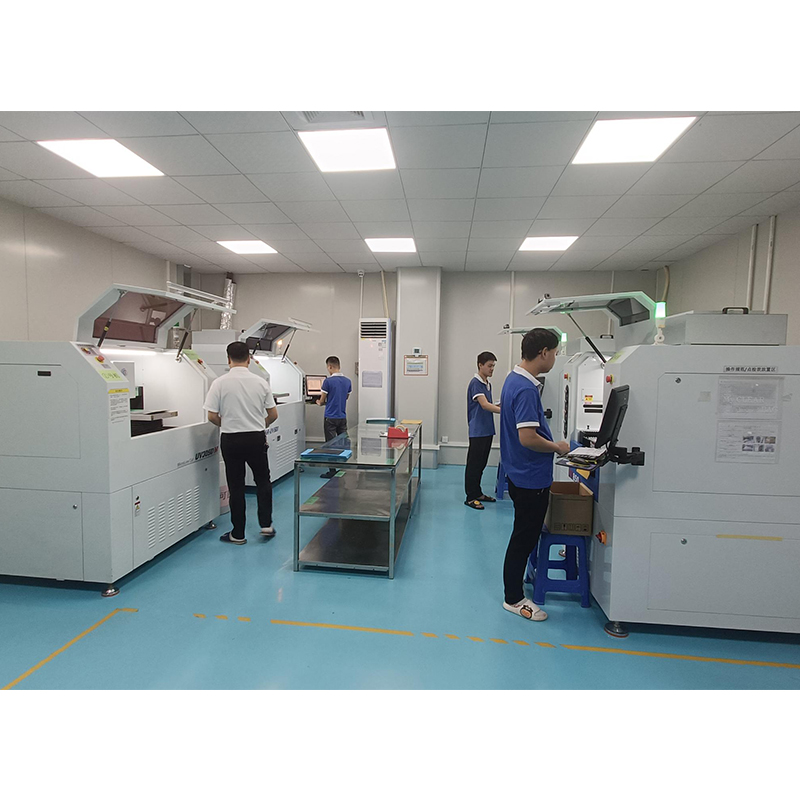In this blog, we will explore some common methods and techniques for testing the reliability of rigid-flex PCB prototypes.
In recent years, rigid-flex PCB prototypes have gained popularity due to their ability to combine the advantages of flexible circuits with rigid printed circuit boards (PCBs). Its unique design and construction make it suitable for a wide range of applications, including aerospace, medical devices and consumer electronics. However, ensuring the reliability of these prototypes is critical to successful product development and deployment.
Reliability testing is a critical step in the design and manufacturing process of any electronic component, and rigid-flex PCB prototypes are no exception. These tests are designed to evaluate the performance and durability of prototypes under a variety of conditions, ensuring they meet required standards and specifications.
1. Environmental Testing: One of the initial steps in reliability testing is to subject the prototype to various environmental conditions. These may include temperature cycling, humidity exposure, thermal shock and vibration testing. Temperature cycling helps evaluate a prototype’s ability to withstand extreme temperature changes, while humidity exposure evaluates its performance in high humidity conditions. Thermal shock testing checks the prototypes’ resistance to rapid temperature changes, and vibration testing ensures they can withstand mechanical stress and shock.
2. Mechanical testing: Rigid-flex PCB prototypes are often subjected to mechanical stress during their service life. Mechanical testing helps evaluate its ability to resist bending, twisting, and deflection. One of the common methods used for this purpose is the three-point bend test, where a prototype is bent at a specific angle to check for any signs of cracking or failure. Additionally, the prototype can be subjected to torsional stress to evaluate its ability to withstand torsional forces.
3. Electrical testing: Since the rigid-flex prototype is used to conduct electrical signals in different parts of the circuit, it is critical to ensure its electrical integrity. Electrical testing involves probing and measuring various electrical parameters such as resistance, capacitance and impedance. These tests help identify any shorts, opens, or signal degradation issues in the prototype.
4. Adhesion test: The rigid-flex PCB prototype consists of multiple layers of rigid and flexible materials bonded together. Adhesion testing is performed to evaluate the strength and reliability of these bonded interfaces. Various methods, such as pull tests or peel tests, can be used to measure the bond strength between different layers. This helps identify any weak points in the bonding process that could cause the layers to delaminate or separate.
5. Thermal testing: Thermal testing is critical to evaluate a prototype’s ability to dissipate the heat generated during operation. Temperature distribution on prototypes can be monitored using various techniques such as thermography or thermal analysis. This helps identify any hot spots or areas of overheating, which could lead to performance degradation or premature failure.
6. Accelerated aging test: Accelerated aging test is to simulate the impact of long-term use on the prototype. This involves exposing prototypes to high temperatures and humidity for extended periods of time. The goal is to evaluate its performance and reliability over time and identify any potential failure mechanisms that may arise with long-term use.
In addition to these specific tests, it is critical to conduct comprehensive functional testing to ensure that the prototype meets the intended design requirements. This involves testing the prototype under normal operating conditions to assess its overall performance, functionality and reliability.
In summary, reliability testing of rigid-flex PCB prototypes plays a crucial role in ensuring their performance and durability in real-world applications. By subjecting these prototypes to a variety of environmental, mechanical, electrical and thermal tests, manufacturers can identify any weaknesses or failure points and make necessary improvements. This not only ensures a high-quality end product, but also reduces the risks associated with product failures and costly recalls. Therefore, investing in rigorous reliability testing is a critical step in successfully developing rigid-flex PCB prototypes.
Post time: Oct-05-2023
Back







